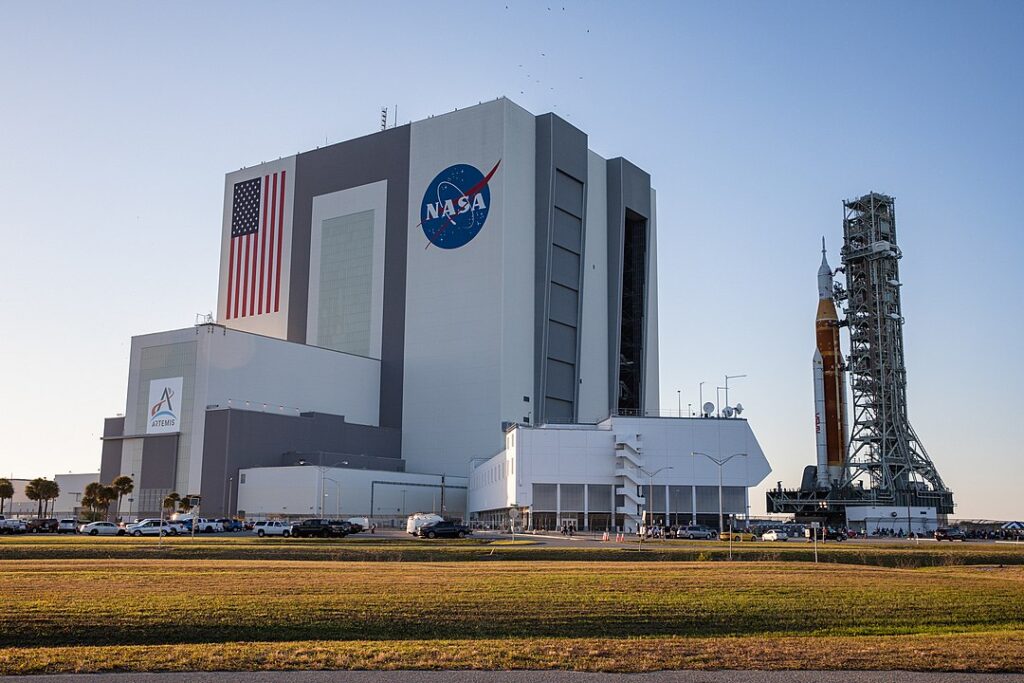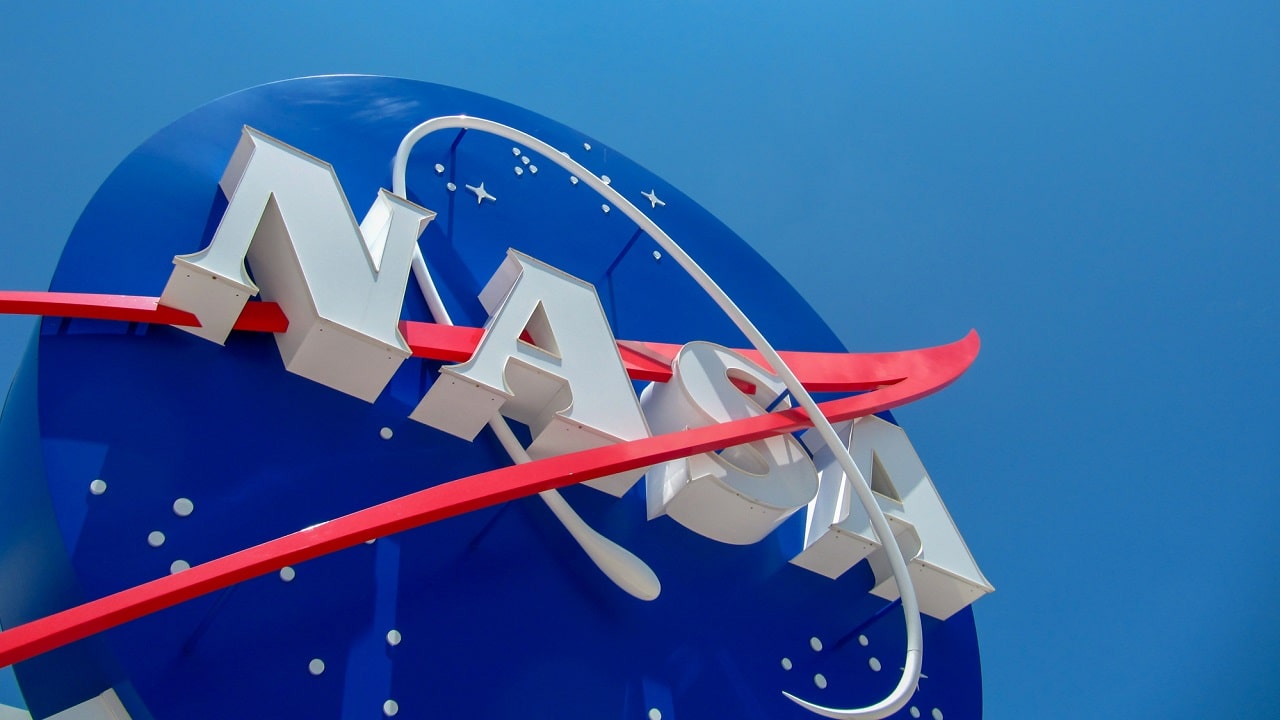Airbus was awarded a contract to design and build the GRACE-C satellite pair. JPL's Jet Propulsion Laboratory NASA he built the satellite. This new mission by NASA and the German Space Agency at the German Aerospace Center (DLR) will strengthen the more than twenty-year collaboration between the United States and Germany. This is to ensure the uninterrupted measurement of the Earth's gravitational field, which began in 2002 with GRACE and continued with GRACE Follow-Onlaunched in 2018.
Airbus and NASA: together to monitor climate change
During the five-year nominal duration of the mission, the mission GRACE-C (Gravity Recovery And Cit's over Experiment-Continuity) will continue the series of measurements. NASA satellites, designed together with Airbus, observe how the Earth's aquifers, oceans, ice fields and land masses move, from month to month. By measuring changes in the planet's gravitational field.
GRACE-C consists of two identical satellites flying approximately 200 km away from each other at an altitude of 500 km and an inclination of 89 degrees. Each satellite will measure approximately 3 x 2 x 1 meters and weigh approximately 600 kg. The launch is expected no earlier than the end of 2028 from the United States.


The GRACE-C mission
Like its predecessors, the GRACE-C mission is designed to accurately measure small variations in distance between satellites. They are due to variations in gravity with unprecedented precision, down to the micron.
As the pair of satellites orbit the Earth, areas of slightly stronger gravity will affect the position of the spacecraft and therefore the distance between them. The measurement system a microwaveextremely precise, will detect these changes and allow the Earth's gravitational field to be mapped with unparalleled accuracy.















Leave a Reply
View Comments